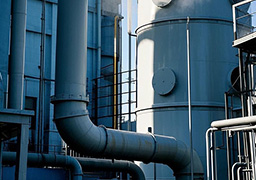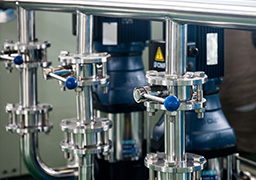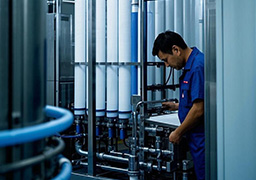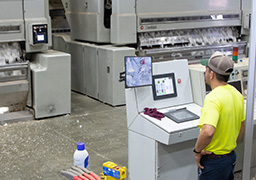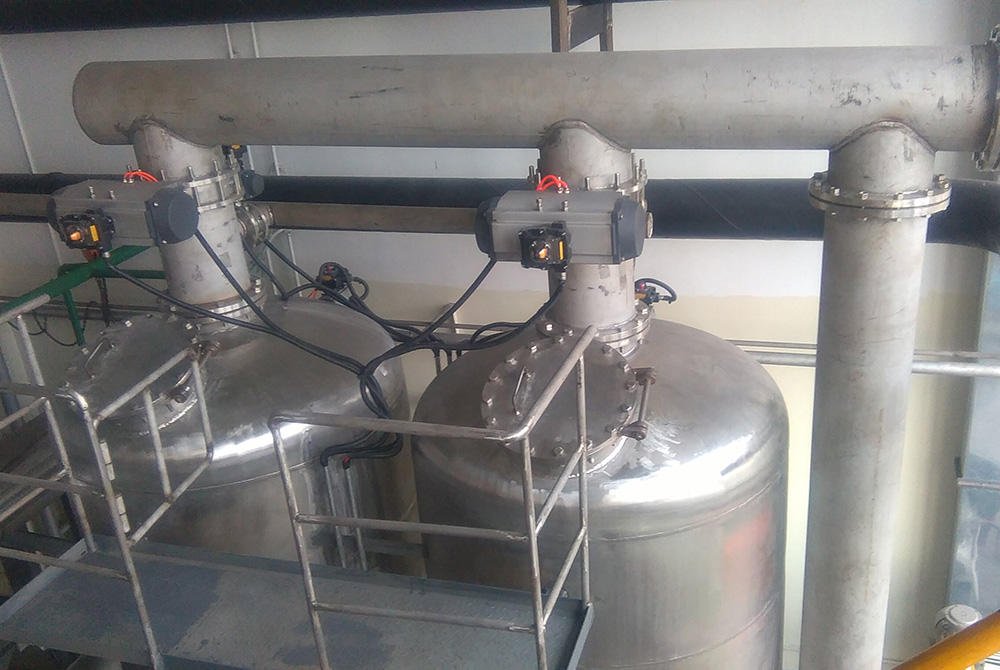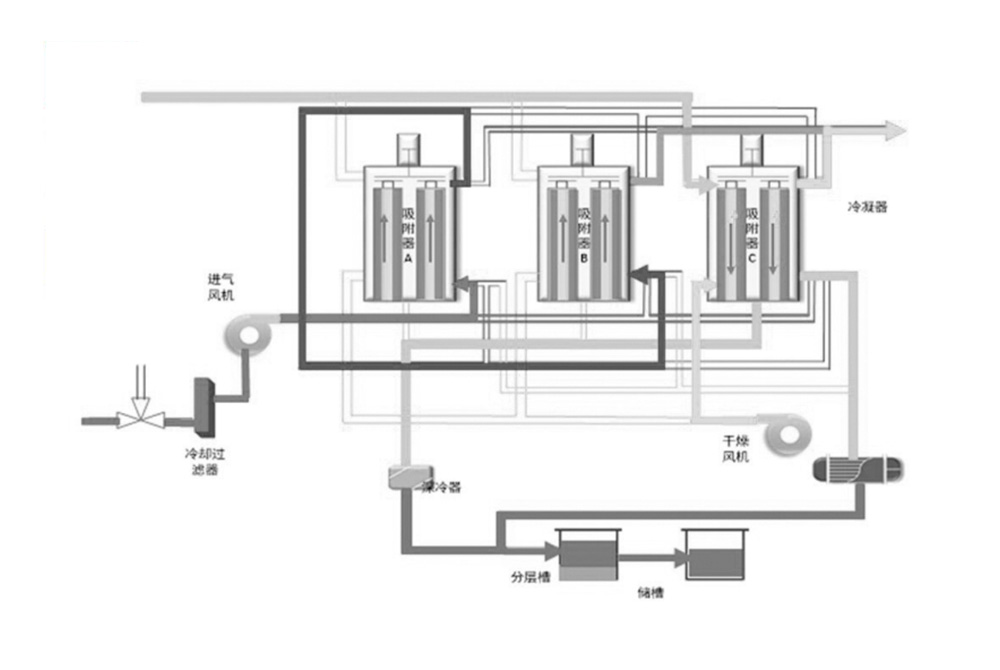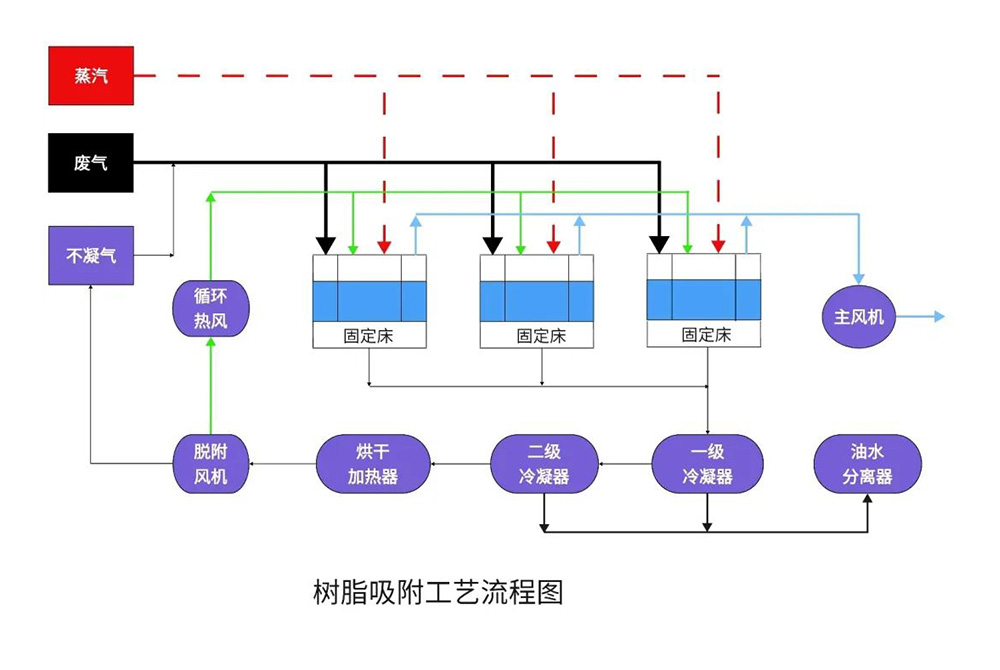Overview: This system consists of adsorption, desorption, condensation and recovery units. The technical principle is that the organic solvent waste gas is subjected to pre-treatment equipment to remove particles and cool down, and then enters the adsorption desorption device for purification before meeting emission standards; After saturation of activated carbon adsorption, it enters steam (vacuum) desorption through system switching. After desorption, the solvent vapor and water vapor are condensed and enter the separation system for recovery in the form of a single solvent or mixed liquid.
Overview: The system device is the same as the activated carbon particle system, but the difference is that activated carbon fiber (PAC) is a new and efficient adsorbent. As this is a typical microporous carbon (MPAC), it is a combination of ultrafine particles, irregular surface structures, and narrow spaces. The diameter ranges from 10 μ m to 30 μ m, and the gaps directly open on the surface of the fibers. The ultrafine particles combine together in various ways to form enriched nano spaces. The diffusion path of the adsorbate to the adsorption site is shorter than that of activated carbon, with greater driving force and concentrated pore size distribution. This is the main reason why ACF has a faster elution rate and higher adsorption efficiency than GAC.
Overview: Resin adsorption desorption+condensation recovery technology is a VOCs organic waste gas treatment technology that combines adsorption and condensation methods. This technology fully utilizes the advantages of both methods and has the characteristics of high purification efficiency, stable treatment indicators, low resin loss, long service life, high efficiency and low loss. The treatment cost is lower than that of activated carbon adsorption recovery technology.
Overview: Molecular sieve is a type of aluminosilicate, mainly composed of silicon and aluminum connected by oxygen bridges to form an open skeleton structure. There are many uniformly sized pores and neatly arranged cavities with a large internal surface area in the structure. In addition, it also contains metal ions with lower electricity prices and larger ionic radii, as well as water in its chemical state. Due to the continuous loss of water molecules after heating, but the crystal skeleton structure remains unchanged, many cavities of the same size are formed. The cavities are connected by many micropores of the same diameter, and molecules smaller than the pore diameter are adsorbed inside the cavity, while molecules larger than the pore diameter are repelled outside, causing molecules of different sizes and shapes to separate until they are screened, hence the name molecular sieve.
Molecular sieves are mainly used for deep drying of various gases and liquids, separation and purification of gases and liquids, catalyst carriers, etc
It refers to a type of substance with uniform micropores, whose pore size is equivalent to that of ordinary molecules. Molecular sieves have a wide range of applications, including efficient desiccants, selective adsorbents, catalysts, ion exchangers, etc. However, the cost of synthesizing molecular sieves using chemical raw materials is high. The commonly used molecular sieves are crystalline silicates or aluminosilicates, which are connected by oxygen bridge bonds between silicon oxygen tetrahedra or aluminum oxygen tetrahedra to form pore and cavity systems with molecular sizes (usually 0.3~2 nm). They have the ability to screen fluid molecules of different sizes due to the different sizes and shapes of adsorbed molecules.
Function: It can distinguish molecules with different particle sizes, as well as adsorbed unsaturated molecules and polar molecules.




